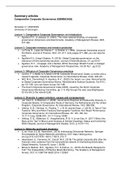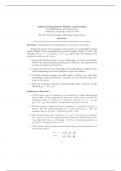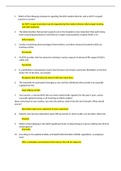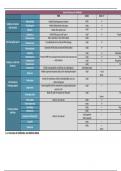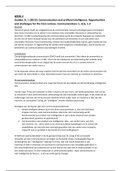Samenvatting
Extensive Summary Comparative Corporate Governance '22-'23
I have written a comprehensive summary on the articles of the Comparative Corporate Governance course. The summary is based on the course manual. Tables and figures from the articles have been added in the summary. The first page shows the course manual. Important terms from the articles are bolde...
[Meer zien]
